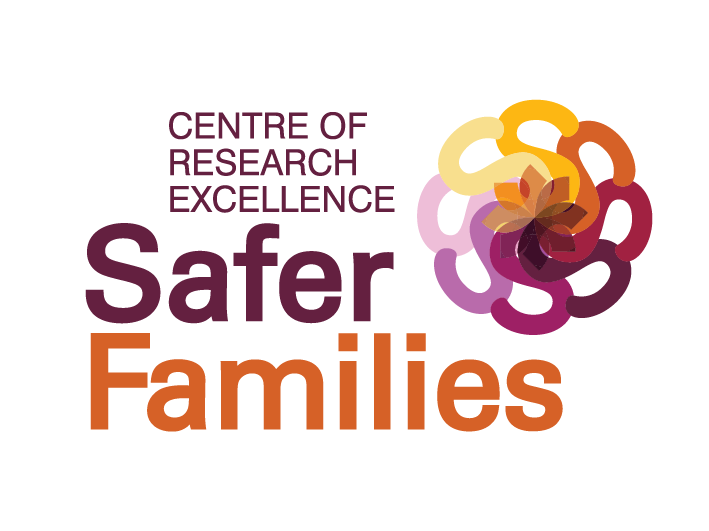Scoring and Interpretation
There are five key steps in the CAS scoring and categorisation process.
These include calculation of:
1) item scores; 2) subscale scores; 3) total score; 4) cut-offs points;
and then categorisation of 5) abuse type.
1/ Item Scores
There are 30 items in the CAS, each of which is scored between 0 and 5, as follows:
Never = 0
Only Once = 1
Several times = 2
Once/month = 3
Once/week = 4
Daily = 5
None of the items are weighted.
2/ Subscale Scores
The CAS is made up of 4 subscales:
Severe Combined Abuse (8 items; possible score 0-40), Physical Abuse (7 items; possible score 0-35), Emotional Abuse (11 items; possible score 0-55) and Harassment (4 items; possible score 0-20). The items in each subscale are listed below in Table 1
3/ Total Score
A total score on the CAS can be obtained by adding scores for all items in the scale (or total scores for each subscale). As there are 30 items in the CAS, each scored from 0-5, this gives a possible total score of 0-150.
4/ Cut-off Scores
Suggested cut-off scores
Once subscale scores have been calculated, these should be compared with a pre-decided cut-off score for each subscale. If a participant’s score is equal to or greater than the cut-off score, they are determined to have experienced that type of abuse. Suggested cut-off scores for each subscale, and for the total scale, are listed in the table below.
These cut-off scores aim to maximise true positives, while minimising false positives. They were developed through the study outlined in Appendix 5). The level of sensitivity and specificity required, and thus the cut-off score chosen for use with the CAS, may vary depending on the reason the scale is being used and the setting. The outline presented below aims to assist with these cut-off score decisions.Suggested cut-off scores for the CAS were developed by comparing scores for women “known to be abused” with scores of women “known not to be abused” in order to determine suitable cut-off scores for each subscale. This allowed estimation of the proportion of women who would be misclassified by using particular cut-off scores.
As with any screening tool, there are two ways in which respondents may be misclassified on the CAS. Respondents may be classified as not experiencing abuse when in fact they are (false negative). Alternatively they may be classified as experiencing abuse when in fact they are not (false positive). A perfect screen would have a 0% false negative and a 0% false positive rate. All respondents who have experienced abuse would be classified as abused, giving a 100% true positive rate. While this level of accuracy is rarely achievable in reality, the aim is use a cut-off score that is as close to this ideal as possible.
Recommended cut-off scores for Composite Abuse Scale
Despite limitations with any known group analysis, preliminary recommendations for case finding in clinical practice can be made: -a cut-off score of 3 for the Total scale, and for the individual sub-scales - Severe Combined Abuse, Physical Abuse, Emotional Abuse, and Harassment. These cut-off scores have face validity, in that there are more items required to occur in a twelve month period in the Harassment and Emotional Abuse sub-scales than the Physical Abuse and Severe Combined Abuse dimension. If however, screening was occurring in a different setting it may be better to use the higher cut-off score of 7 for the total score to minimise the false positives. Alternatively the individual sub- scale cut off scores can be used to identify the abused group.
Final recommendations on cut-off scores are based on a limited known group analysis with CAS appearing to have quite high sensitivity and specificity. From this analysis, a cut-off total score of 3 would most likely result in no abused women missed and only a very small percentage (<5%) of false positives. A cut-off total score of 7 would miss four women in every one hundred but have no false positives. Which of the total cut-off scores should be used would depend on the aim and the setting of the individual research project. Preliminary recommended cut-off scores for the individual sub-scales are as follows: - Severe Combined Abuse, Physical Abuse, Emotional Abuse, and Harassment. Some studies have used these cut offs to classify women as abused or not rather than the total score. Which of these total cut-off scores should be used would depend on the aim and the setting of the individual research project.
5/ Abuse Categorisation
Once cut-off scores have been implemented, the type of abuse experienced by each respondent can be categorized.
Using the four subscales above, there are 15 possible combinations of abuse type that participants may experience (e.g. SCA + Physical; SCA + Emotional; SCA + Physical + Emotional; and so on…). These 15 combinations can be reduced to four major categories of abuse experienced by women.
In this categorisation process, SCA takes precedence over the other forms of abuse, so that any participant who has experienced SCA falls into the SCA category (Category 1). The second category includes all participants who have experienced Physical Abuse in combination with Emotional Abuse and/or Harassment. Participants who have experienced at least one episode of Physical Abuse, but no other forms of abuse, fall into the third category, Physical Abuse Alone. The final category contains all participants who have experienced Emotional Abuse and/or Harassment, but not any other form of abuse.




